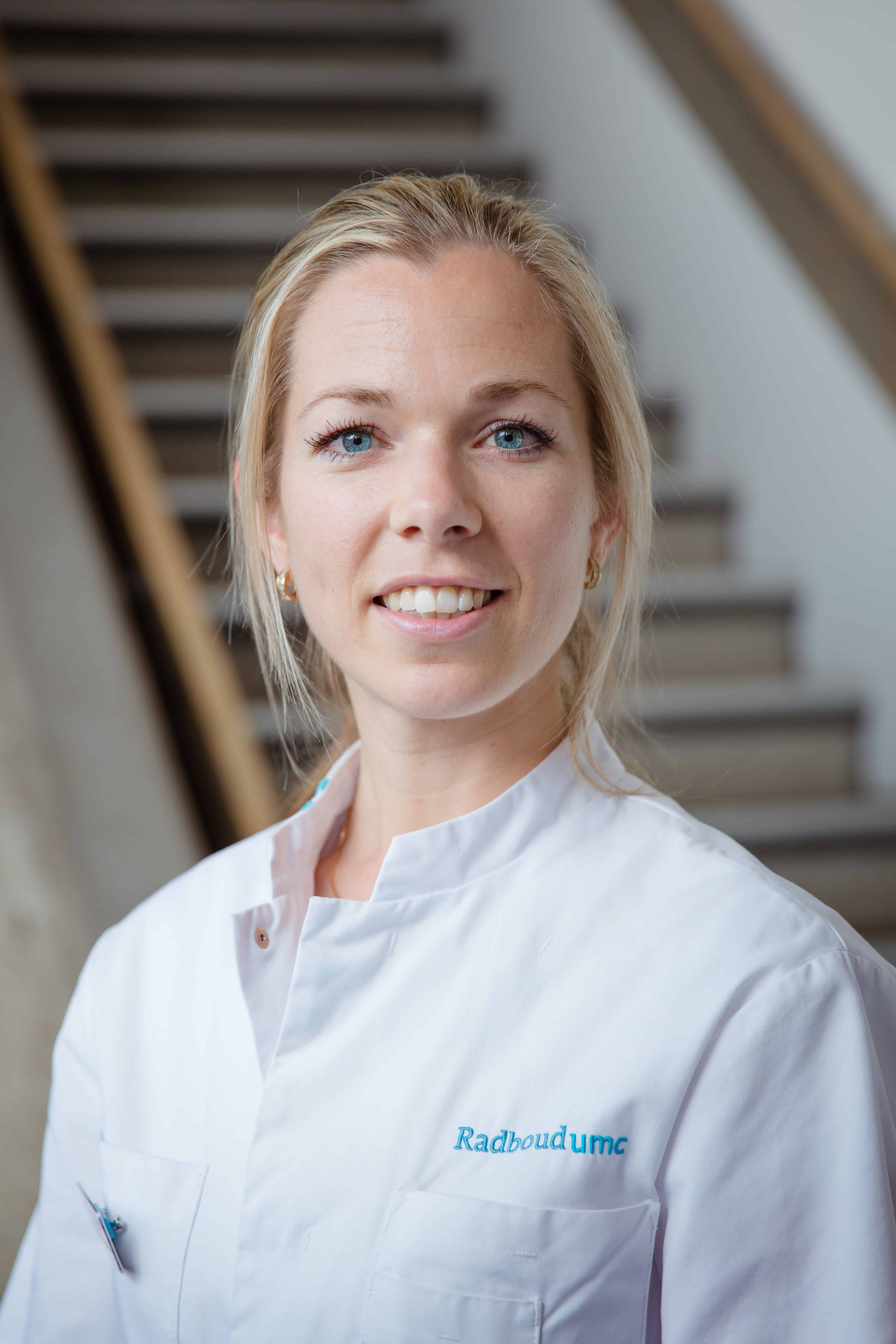“Head and neck cancer (HNC) includes a heterogeneous group of fast-growing tumors,” explains Henrieke W. Schutte, MD. “Prolonged time until treatment could lead to larger tumors and increased tumor stage,” says Dr. Schutte. “Advanced tumor stage decreases survival, with large tumors and more extensive treatment leading to increased toxicity. Particularly with HNCs, this toxicity can strongly impact quality of daily life, including the ability to breathe normally, speak, swallow, and physical appearance.” Dr. Schutte and colleagues conducted a study, published in Cancer, to assess a more efficient progression from diagnosis of HNC to treatment.
Optimizing HNC Workup
Dr. Schutte and colleagues developed an optimized multidisciplinary oncological diagnostic workup that centralized care around the patient and sought to determine its impact on diagnostic and treatment intervals, survival, costs, and patient satisfaction. Participants were patients with confirmed or suspected HNC seen at their clinic in 2009 (conventional workup; CW) and 2014 (optimized workup; OW). Each patient underwent a complete oncological workup, including medical history, physical examination, imaging, and cytological and histopathological examinations. Involved specialists included consultant head and neck surgeons, consultant radiation oncologists, consultant medical oncologists, consultant pathologists, consultant radiologists, consultant nuclear medicine physicians, geriatricians, physician assistants, and oncology nurses. The OW was set up to complete oncological workup and to establish a treatment plan 2 days after the initial visitation.
The most important differences in the workups were the focus on patient-centered care with multidisciplinary consultation, introduction of office-based biopsies, use of time slots for imaging, optimizing the order of imaging, and fast histopathological examinations,” notes Dr. Schutte (Table). During follow up, medical records were reviewed to understand patient and tumor characteristics, American Society of Anesthesiologists score, type and date of imaging, biopsy, cytology, histopathology, date and outcome of the multidisciplinary tumor board meeting, type and starting date of treatment, date of last follow‐up, and outcomes.
Promising Results With Optimized Workup
The CW group experienced a median of 9 days from visiting a specialist to diagnosis, compared with a median of 2 days for the OW group. “This outcome encouraged us to also shorten the interval from diagnosis until the start of HNC treatment,” explains Dr. Schutte. “Addressing this led to a reduction of another 7 days from diagnosis to treatment. Overall, the median interval from the initial visit to our HNC center to the start of treatment was significantly reduced, from 34 days to 21 days.”
The specialist-to-treatment interval was within 30 days for only 46% of patients in the CW, compared with 80% of those in the OW group. In a subgroup analysis, patients with a specialist-to-treatment interval longer than 30 days had a 5-year survival rate of 58%, whereas those with an interval of less than 30 days had a 5-year survival rate of 78%. In addition to a reduction of time from initial visit to treatment, the OW group had a 12% higher 3-year overall survival rate compared with the CW group. General satisfaction scores, measured with the Consumer Quality Index for Oncological Care (0-10 scale), were significantly better in a matched OW group than in the CW group (9.05 vs 8.51). Total diagnostic costs were comparable between the groups.
Continuing to Optimize
“We hope to challenge oncologists to look at the oncological workup in their clinic, to imagine an idealized workup, and to strive for this with their entire team,” says Dr. Schutte. “For our clinic, we are continuing to attempt reducing time to treatment and focusing now on the time interval before patients visit our HNC center. Additionally, I believe focusing on HNC awareness among patients and general practitioners is important.”


 Rebecca Shover
Rebecca Shover